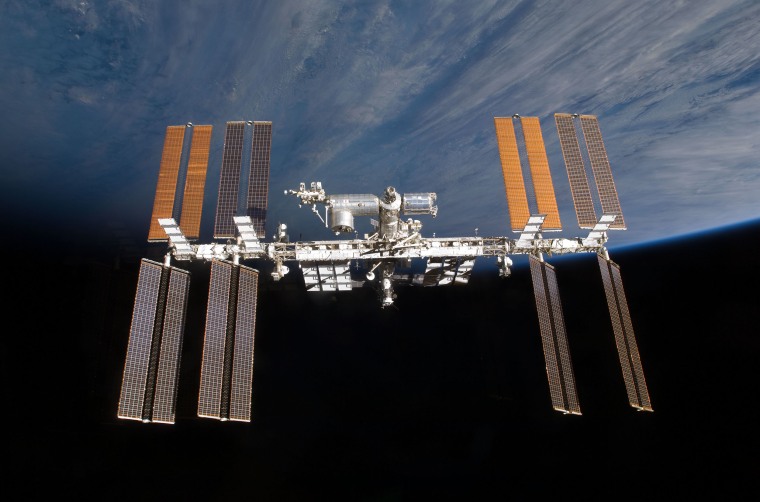Fifty years ago, solar panels were so expensive that they were used mainly for powering billion-dollar space probes, and that’s about it. But as the panels became cheaper — and as environmental worries about coal and other fossil fuels made renewable energy sources like solar more attractive — solar panels began sprouting up all over the place.
There are now enough solar panels installed in the U.S. to power about 11 million homes. Collectively, the panels produce about 1 percent of the country’s total electricity. Experts expect that share to rise sharply over the next 20 years, as solar panels get cheaper and more efficient at converting sunlight into electricity.
Photovoltaic effect
Solar panels generate electrical current by exploiting a phenomenon first described more than a century ago by a French physicist. In 1839, Henri Becquerel noted that silver and platinum electrodes in an acidic solution produced small amounts of electricity when exposed to light. This reaction became known as the photovoltaic effect, meaning “light into electricity.”
It wasn’t until 1954 that the first practical “solar cell” was created by scientists at Bell Laboratories in Murray Hill, New Jersey. Their silicon-based device arrived less than a decade after researchers at Bell invented the transistor, which is now a key component of electronic devices.
“This was a golden era of solid-state devices pioneered at Bell Labs, and solar cells were one of them,” says Hugh Hillhouse, a professor of chemical engineering at the University of Washington in Seattle and a solar power expert. “The architecture of [some transistors] is very close to a solar cell… they are actually very similar to each other.”
Energy from the sun
Modern solar cells are made of semiconductor materials like silicon or cadmium telluride. Light falling on this material energizes its electrons, giving them enough energy to create a flow of electrical current.
A typical solar panel combines dozens of solar cells in an electrical circuit to produce a usable voltage, which can provide power right away or be stored in batteries for later use. Some solar power installations can feed power directly into the electricity grid.
Since the amount of electric power produced by solar panels depends on the intensity of light, they don’t work well on cloudy days and not at all at night. A common solution is to back up solar power installations with batteries that store extra power until it is needed at a later time.
Solar in space
For a long time, the high-quality silicon used in solar panels was hard to manufacture, which made solar panels prohibitively expensive for most applications. Their use was limited to specialized applications, like powering spacecraft.
NASA’s grapefruit-sized Vanguard 1 satellite was the first to use solar cells when it was launched in 1958, and solar panels are still used extensively in space. The International Space Station, for example, is powered by arrays of solar panels that can generate up to 120 kW of electricity — enough to power about 40 homes.
A bright future
The cost of silicon used in many solar panels has dropped sharply over the last 20 years, with the result that, in the sunniest parts of the U.S., commercial solar power is now as cheap or cheaper than generating power from fossil fuels.
A 6 kW installation of solar panels, enough to power a typical American home, now costs about $14,000 — a fraction of what it would have cost a generation ago.
Hillhouse says that as the costs of manufacturing solar panels continue to fall, and the technologies used to make them continue to advance, solar power could eventually produce enough electricity to meet 20 to 60 percent of America’s energy needs.
“Even if all research stopped tomorrow, the economics are already such that photovoltaics are going to grow tremendously. There is absolutely nothing that I can see that can stop the very rapid growth of solar in the next 10 to 20 years," he says, adding that the long-term growth of solar "will require innovation on how we store solar energy to use during cloudy periods and on how large solar installations are financed."

